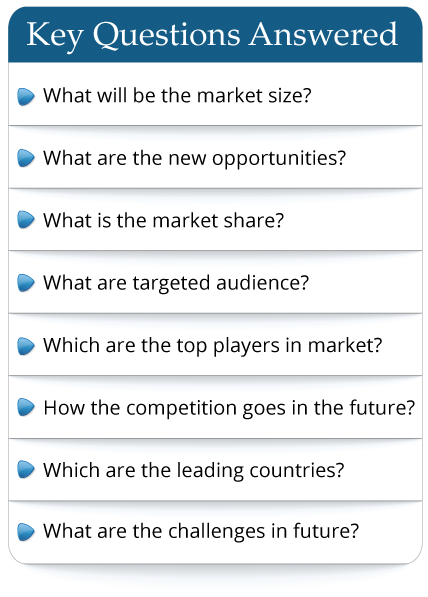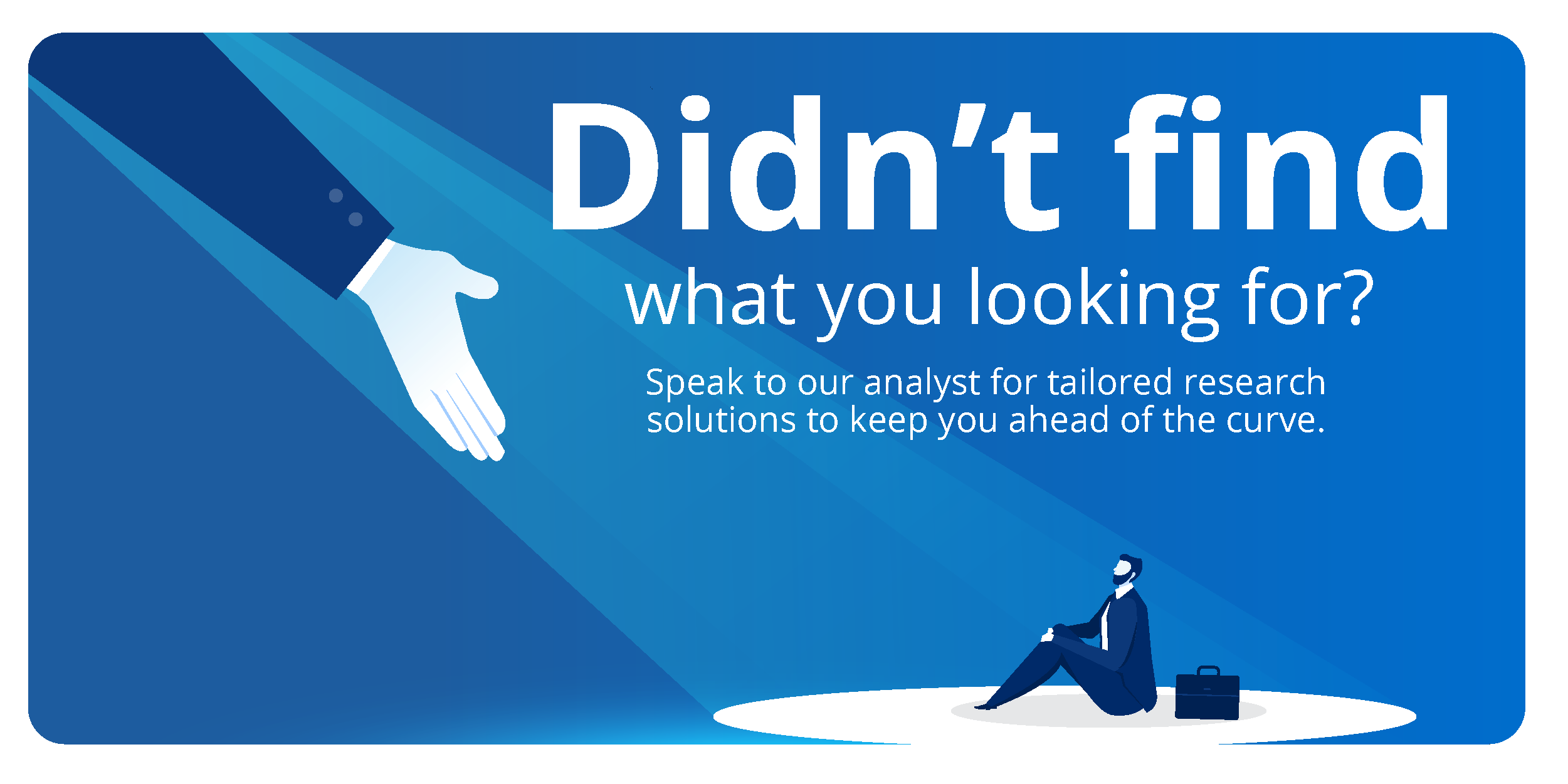Global Augmented Reality Hardware and Software Market Research Report 2022
Market Analysis and Insights: Global Augmented Reality Hardware and Software Market
Augmented Reality (AR) is an interactive experience of a real-world environment whereby the objects that reside in the real-world are "augmented" by computer-generated perceptual information, sometimes across multiple sensory modalities, including visual, auditory, haptic, somatosensory, and olfactory.[1] The overlaid sensory information can be constructive (i.e. additive to the natural environment) or destructive (i.e. masking of the natural environment) and is seamlessly interwoven with the physical world such that it is perceived as an immersive aspect of the real environment.[2] In this way, augmented reality alters one?s ongoing perception of a real world environment, whereas virtual reality completely replaces the user's real world environment with a simulated one.[3][4] Augmented reality is related to two largely synonymous terms: mixed reality and computer-mediated reality.
The global Augmented Reality Hardware and Software market size is projected to reach US$ million by 2028, from US$ million in 2021, at a CAGR of % during 2022-2028.
Fully considering the economic change by this health crisis, Augmented Reality Glasses accounting for % of the Augmented Reality Hardware and Software global market in 2021, is projected to value US$ million by 2028, growing at a revised % CAGR from 2022 to 2028. While Healthcare segment is altered to an % CAGR throughout this forecast period.
China Augmented Reality Hardware and Software market size is valued at US$ million in 2021, while the North America and Europe Augmented Reality Hardware and Software are US$ million and US$ million, severally. The proportion of the North America is % in 2021, while China and Europe are % and respectively, and it is predicted that China proportion will reach % in 2028, trailing a CAGR of % through the analysis period 2022-2028. Japan, South Korea, and Southeast Asia are noteworthy markets in Asia, with CAGR %, %, and % respectively for the next 6-year period. As for the Europe Augmented Reality Hardware and Software landscape, Germany is projected to reach US$ million by 2028 trailing a CAGR of % over the forecast period 2022-2028.
With industry-standard accuracy in analysis and high data integrity, the report makes a brilliant attempt to unveil key opportunities available in the global Augmented Reality Hardware and Software market to help players in achieving a strong market position. Buyers of the report can access verified and reliable market forecasts, including those for the overall size of the global Augmented Reality Hardware and Software market in terms of revenue.
Overall, the report proves to be an effective tool that players can use to gain a competitive edge over their competitors and ensure lasting success in the global Augmented Reality Hardware and Software market. All of the findings, data, and information provided in the report are validated and revalidated with the help of trustworthy sources. The analysts who have authored the report took a unique and industry-best research and analysis approach for an in-depth study of the global Augmented Reality Hardware and Software market.
Global Augmented Reality Hardware and Software Scope and Market Size
Augmented Reality Hardware and Software market is segmented by players, region (country), by Type and by Application. Players, stakeholders, and other participants in the global Augmented Reality Hardware and Software market will be able to gain the upper hand as they use the report as a powerful resource. The segmental analysis focuses on revenue and forecast by Type and by Application for the period 2017-2028.
Segment by Type
Augmented Reality Glasses
Augmented Reality Display
Tracking System
Other
Segment by Application
Healthcare
Education
Retail
Entertainment
IT and Telecom
Others
By Region
North America
United States
Canada
Europe
Germany
France
UK
Italy
Russia
Nordic Countries
Rest of Europe
Asia-Pacific
China
Japan
South Korea
Southeast Asia
India
Australia
Rest of Asia
Latin America
Mexico
Brazil
Rest of Latin America
Middle East & Africa
Turkey
Saudi Arabia
UAE
Rest of MEA
By Company
Sony (Japan)
Oculus (US)
Samsung (South Korea)
Google (US)
HTC (Taiwan)
Microsoft (US)
Wikitude (Austria)
DAQRI (US)
Zugara (US)
Blippar (UK)
Magic Leap (US)
Upskill (US)
Continental (Germany)
Visteon (US)
Eon Reality (US)
MAXST (South Korea)
Vuzix (US)
PTC (US)
Augmented Reality (AR) is an interactive experience of a real-world environment whereby the objects that reside in the real-world are "augmented" by computer-generated perceptual information, sometimes across multiple sensory modalities, including visual, auditory, haptic, somatosensory, and olfactory.[1] The overlaid sensory information can be constructive (i.e. additive to the natural environment) or destructive (i.e. masking of the natural environment) and is seamlessly interwoven with the physical world such that it is perceived as an immersive aspect of the real environment.[2] In this way, augmented reality alters one?s ongoing perception of a real world environment, whereas virtual reality completely replaces the user's real world environment with a simulated one.[3][4] Augmented reality is related to two largely synonymous terms: mixed reality and computer-mediated reality.
The global Augmented Reality Hardware and Software market size is projected to reach US$ million by 2028, from US$ million in 2021, at a CAGR of % during 2022-2028.
Fully considering the economic change by this health crisis, Augmented Reality Glasses accounting for % of the Augmented Reality Hardware and Software global market in 2021, is projected to value US$ million by 2028, growing at a revised % CAGR from 2022 to 2028. While Healthcare segment is altered to an % CAGR throughout this forecast period.
China Augmented Reality Hardware and Software market size is valued at US$ million in 2021, while the North America and Europe Augmented Reality Hardware and Software are US$ million and US$ million, severally. The proportion of the North America is % in 2021, while China and Europe are % and respectively, and it is predicted that China proportion will reach % in 2028, trailing a CAGR of % through the analysis period 2022-2028. Japan, South Korea, and Southeast Asia are noteworthy markets in Asia, with CAGR %, %, and % respectively for the next 6-year period. As for the Europe Augmented Reality Hardware and Software landscape, Germany is projected to reach US$ million by 2028 trailing a CAGR of % over the forecast period 2022-2028.
With industry-standard accuracy in analysis and high data integrity, the report makes a brilliant attempt to unveil key opportunities available in the global Augmented Reality Hardware and Software market to help players in achieving a strong market position. Buyers of the report can access verified and reliable market forecasts, including those for the overall size of the global Augmented Reality Hardware and Software market in terms of revenue.
Overall, the report proves to be an effective tool that players can use to gain a competitive edge over their competitors and ensure lasting success in the global Augmented Reality Hardware and Software market. All of the findings, data, and information provided in the report are validated and revalidated with the help of trustworthy sources. The analysts who have authored the report took a unique and industry-best research and analysis approach for an in-depth study of the global Augmented Reality Hardware and Software market.
Global Augmented Reality Hardware and Software Scope and Market Size
Augmented Reality Hardware and Software market is segmented by players, region (country), by Type and by Application. Players, stakeholders, and other participants in the global Augmented Reality Hardware and Software market will be able to gain the upper hand as they use the report as a powerful resource. The segmental analysis focuses on revenue and forecast by Type and by Application for the period 2017-2028.
Segment by Type
Augmented Reality Glasses
Augmented Reality Display
Tracking System
Other
Segment by Application
Healthcare
Education
Retail
Entertainment
IT and Telecom
Others
By Region
North America
United States
Canada
Europe
Germany
France
UK
Italy
Russia
Nordic Countries
Rest of Europe
Asia-Pacific
China
Japan
South Korea
Southeast Asia
India
Australia
Rest of Asia
Latin America
Mexico
Brazil
Rest of Latin America
Middle East & Africa
Turkey
Saudi Arabia
UAE
Rest of MEA
By Company
Sony (Japan)
Oculus (US)
Samsung (South Korea)
Google (US)
HTC (Taiwan)
Microsoft (US)
Wikitude (Austria)
DAQRI (US)
Zugara (US)
Blippar (UK)
Magic Leap (US)
Upskill (US)
Continental (Germany)
Visteon (US)
Eon Reality (US)
MAXST (South Korea)
Vuzix (US)
PTC (US)
Frequently Asked Questions
This market study covers the global and regional market with an in-depth analysis of the overall growth prospects in the market. Furthermore, it sheds light on the comprehensive competitive landscape of the global market. The report further offers a dashboard overview of leading companies encompassing their successful marketing strategies, market contribution, recent developments in both historic and present contexts.
- By product type
- By End User/Applications
- By Technology
- By Region
The report provides a detailed evaluation of the market by highlighting information on different aspects which include drivers, restraints, opportunities, and threats. This information can help stakeholders to make appropriate decisions before investing.
Please Select a Format












